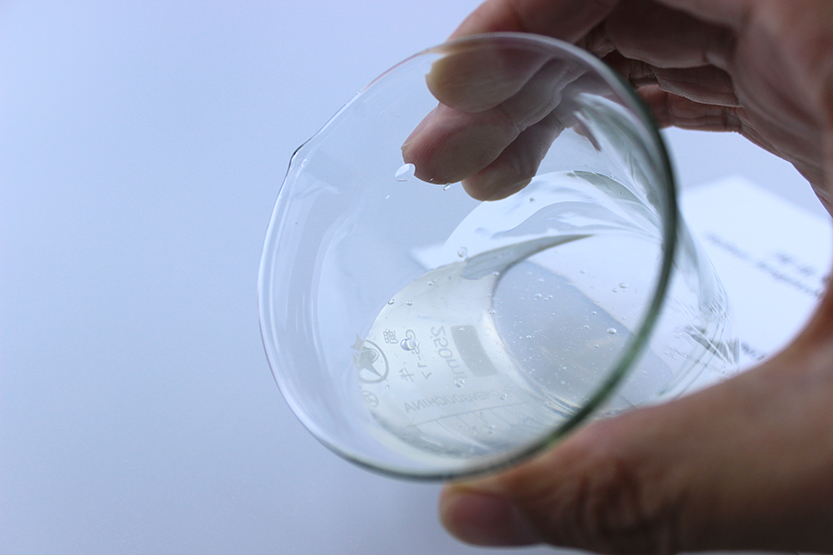
ఆగ . 15, 2024 17:07 Back to list
Exploring the Various Grades and Applications of Hydroxypropyl Methylcellulose in Industries
Understanding the Grades of HPMC Key Insights and Applications
Hydroxypropyl Methylcellulose (HPMC) is an important cellulose derivative widely used across various industries, particularly in pharmaceuticals, food, and construction. The versatility of HPMC stems from its unique chemical composition and properties, which allows it to be customized into different grades tailored for specific applications. This article delves into the different grades of HPMC, exploring their characteristics, uses, and significance in various sectors.
What is HPMC?
HPMC is a semi-synthetic polymer derived from cellulose, a natural polymer found in the cell walls of plants. The modification process involves the reaction of cellulose with propylene oxide and methyl chloride, yielding a compound with enhanced solubility and performance characteristics. HPMC is non-toxic, biodegradable, and an excellent emulsifier, thickening agent, and film-forming agent, making it a preferred choice in many formulations.
Grades of HPMC
HPMC is available in various grades, which can be categorized based on viscosity, degree of substitution, and specific applications. The most critical factors that influence the grade of HPMC are
1. Viscosity The viscosity of HPMC solutions can vary significantly depending on the molecular weight and the concentration of the polymer. Common viscosity grades include low, medium, and high viscosity. Low viscosity grades are often utilized in applications requiring fluidity, while higher viscosity grades are preferred for thicker formulations, such as gels and heavy creams.
2. Degree of Substitution The degree of substitution refers to the average number of hydroxyl groups on the cellulose molecule that are replaced by hydroxypropyl and methyl groups. Higher degrees of substitution generally lead to improved solubility in water and enhanced film-forming properties.
grades of hpmc

3. Specific Applications HPMC grades can be further classified based on their intended use. For instance, pharmaceutical grades are specifically formulated for drug delivery systems, while food-grade HPMC is utilized as a thickener and stabilizer in food products.
Applications of HPMC Grades
1. Pharmaceutical Industry HPMC is widely used in the formulation of tablets, capsules, and controlled-release drug delivery systems. Its ability to form gels upon hydration makes it an ideal candidate for sustained-release applications. Furthermore, HPMC's non-toxicity and biocompatibility support its use in medical applications.
2. Food Industry In the culinary world, HPMC serves as a fat replacer and thickening agent in various food products. Its ability to retain moisture and improve texture is particularly valuable in products like sauces, dressings, and baked goods.
3. Construction Sector HPMC grades are also integral to construction applications, particularly in tile adhesives, plaster, and mortar. They enhance the workability and adhesion properties of these construction materials, ensuring durability and effectiveness.
4. Cosmetics and Personal Care HPMC is used in cosmetic formulations as a thickening agent and stabilizer. Its film-forming properties contribute to the texture and application of creams, lotions, and gels, ensuring a smooth and pleasant user experience.
Conclusion
The diverse grades of HPMC offer a wide array of functionalities that cater to the unique demands of various industries. From pharmaceuticals to food production and construction, the adaptability of HPMC underscores its significance as a multifunctional compound. As the demand for sustainable and efficient ingredients grows, the relevance of HPMC and its various grades will likely continue to expand, paving the way for innovative applications that benefit both consumers and manufacturers alike. Understanding these grades is essential for formulators seeking to harness the full potential of HPMC in their products.
-
Why HPMC is a Key Additive in Wall Putty Formulations
NewsAug.05,2025
-
Redispersible Powder in Decorative Renders: Function Meets Finish
NewsAug.05,2025
-
Redispersible Powder for Interior Wall Putty: Smooth Results Every Time
NewsAug.05,2025
-
HPMC’s Water Retention Capacity in Dry Mortar Applications
NewsAug.05,2025
-
HPMC Factory Contributions to Liquid Detergents
NewsAug.05,2025
-
How HPMC Factory Products Change Detergent Textures
NewsAug.05,2025







